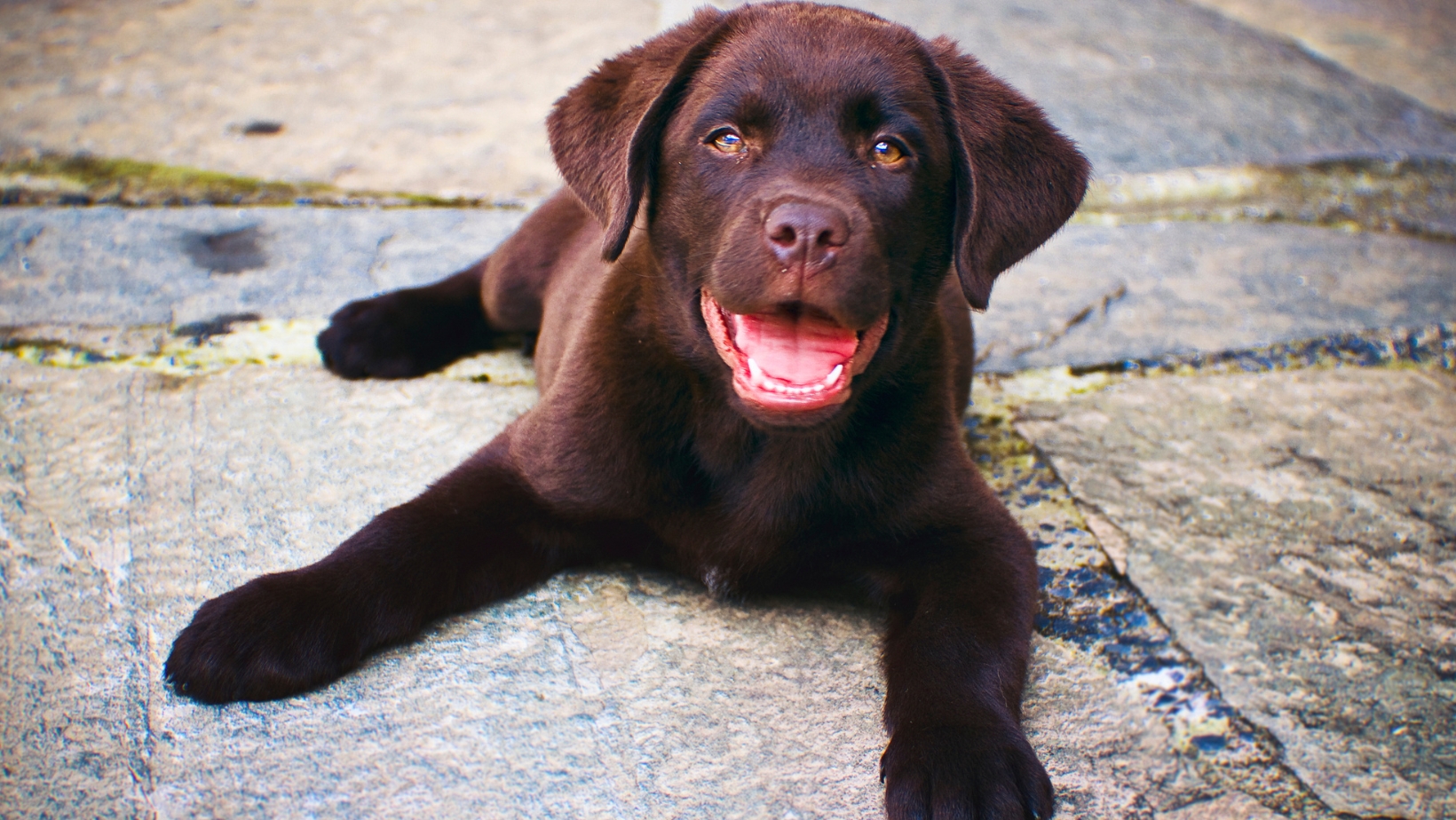When it comes to training your Labrador puppy to pee outside, consistency and patience are key. While the process may seem daunting at first, with the right approach and a little bit of effort, you can successfully teach your furry friend where to do their business.
Firstly, establish a designated potty area in your yard. This could be a specific spot or even a patch of grass. By consistently bringing your puppy to this area whenever they need to go, you’ll help them associate it with bathroom breaks. Be sure to use positive reinforcement such as treats or praise when they successfully relieve themselves in the designated area.
Additionally, establishing a routine is crucial for successful potty training. Take your Labrador puppy outside frequently throughout the day, especially after meals, naps, playtime, or waking up from sleep. By following a consistent schedule, you’ll increase the chances of catching them before accidents happen indoors.
Understanding the Importance of House Training for Puppies
House training is a crucial aspect of raising a puppy, and it plays a significant role in their overall development and well-being. As responsible dog owners, we want to ensure that our furry friends understand where they should relieve themselves. In this section, I’ll delve into the importance of house training for puppies, highlighting the benefits it brings, how to establish a routine for successful house training, and positive reinforcement techniques to encourage outdoor peeing.
The Benefits of House Training for Puppies
House training not only promotes cleanliness within your home but also helps foster good behavior in your growing Labrador puppy. Here are some key benefits:
- Hygiene: House training teaches puppies to eliminate waste outside rather than inside your home. This reduces the risk of unpleasant odors and keeps your living space clean and sanitary.
- Bonding: Through consistent house training efforts, you can strengthen the bond between you and your puppy as you work together towards shared goals. Positive interactions during this process help build trust and understanding between you both.
- Independence: By teaching puppies to pee outside from an early age, they learn self-control and develop independence in their daily routines. They become more self-reliant when it comes to meeting their basic needs.
Positive Reinforcement Techniques for Outdoor Peeing
Positive reinforcement is a powerful tool when training puppies to pee outside. Here are some techniques that can be effective:
- Rewards: When your puppy successfully pees outdoors, reward them with treats, praise, and affection. This positive reinforcement reinforces good behavior and motivates them to repeat it.
- Verbal Cues: Use a consistent verbal cue such as “go potty” or “do your business” while your puppy is eliminating outdoors. Over time, they will associate this command with the desired action.
- Timing: Timing is crucial when using positive reinforcement. Praise and rewards should be given immediately after your puppy finishes peeing outside so they can connect the action with the positive feedback.
By understanding the importance of house training, establishing a routine, and utilizing positive reinforcement techniques, you’ll set your Labrador puppy up for success in learning to pee outside. Remember to be patient and consistent throughout the process, as every pup learns at their own pace.

How to Train Your Puppy to Pee Outside
One of the key aspects of successfully training your puppy to pee outside is establishing a consistent schedule for their potty breaks. This will help them develop good habits and understand when and where they should relieve themselves.
Here are some tips to create a consistent schedule:
- Determine the appropriate frequency: Puppies have small bladders and need frequent bathroom breaks, especially during their early stages. As a general guideline, plan for your puppy to go outside every 1-2 hours during the day. Adjust this based on your puppy’s age, size, and individual needs.
- Set specific times: Designate specific times throughout the day for potty breaks. For example, you could take your puppy out first thing in the morning, after meals, after play sessions, before bedtime, and so on. Consistency is key here – try to stick to these designated times as closely as possible.
- Use positive reinforcement: When it’s time for your puppy’s scheduled potty break, bring them to their designated outdoor area immediately. Choose a spot that you want them to associate with going potty. Wait patiently until they eliminate and then reward them with praise or treats. Positive reinforcement helps reinforce the desired behavior and encourages your puppy to continue peeing outside.
- Monitor water intake: Keep an eye on how much water your puppy drinks throughout the day. Controlling their access to water can help regulate their bathroom habits and prevent accidents indoors.
In summary, creating a consistent schedule for your Labrador puppy’s potty breaks is crucial in effective house training efforts. By determining an appropriate frequency, setting specific times, using positive reinforcement, monitoring water intake, and maintaining patience and consistency, you’ll be well on your way to successfully training your puppy to pee outside.